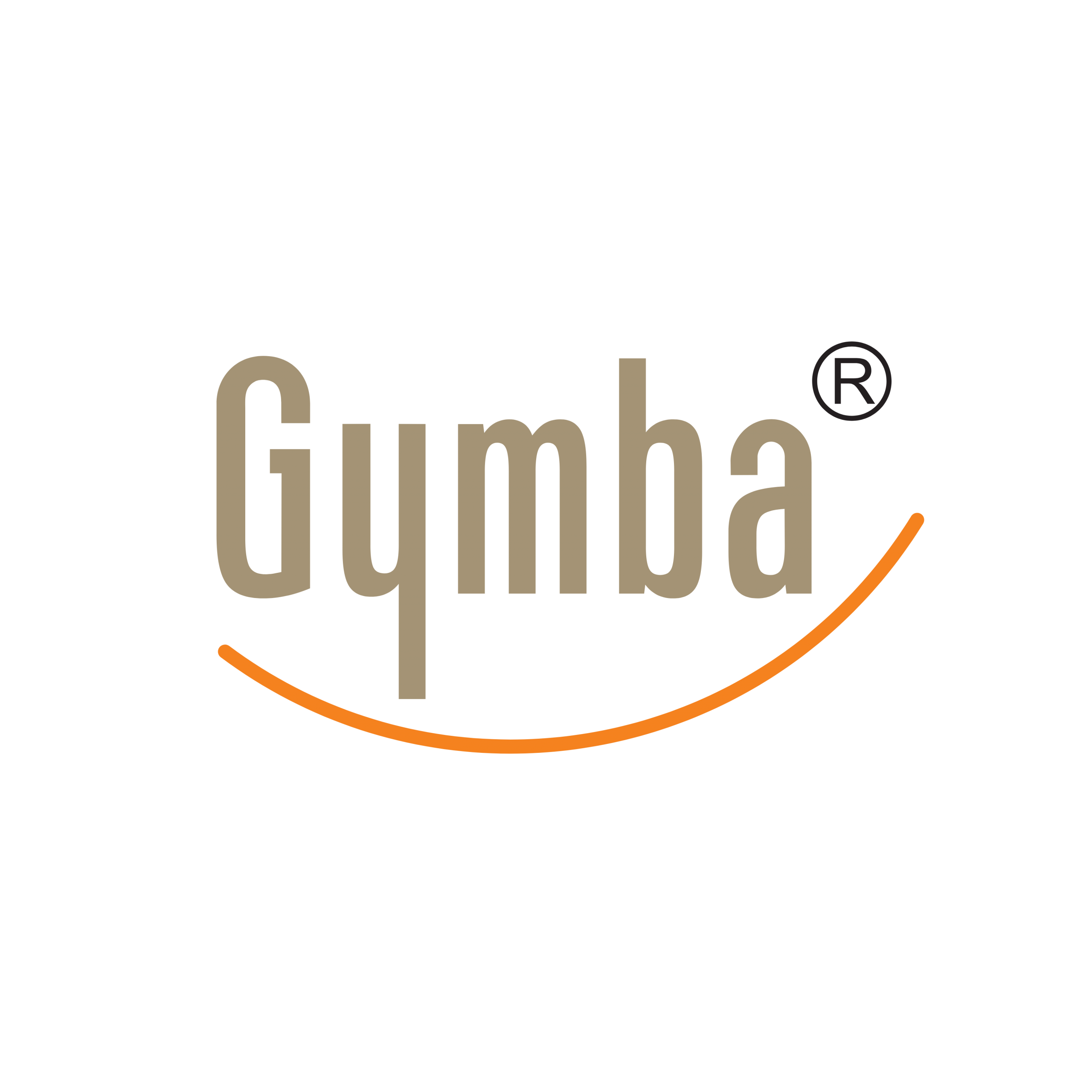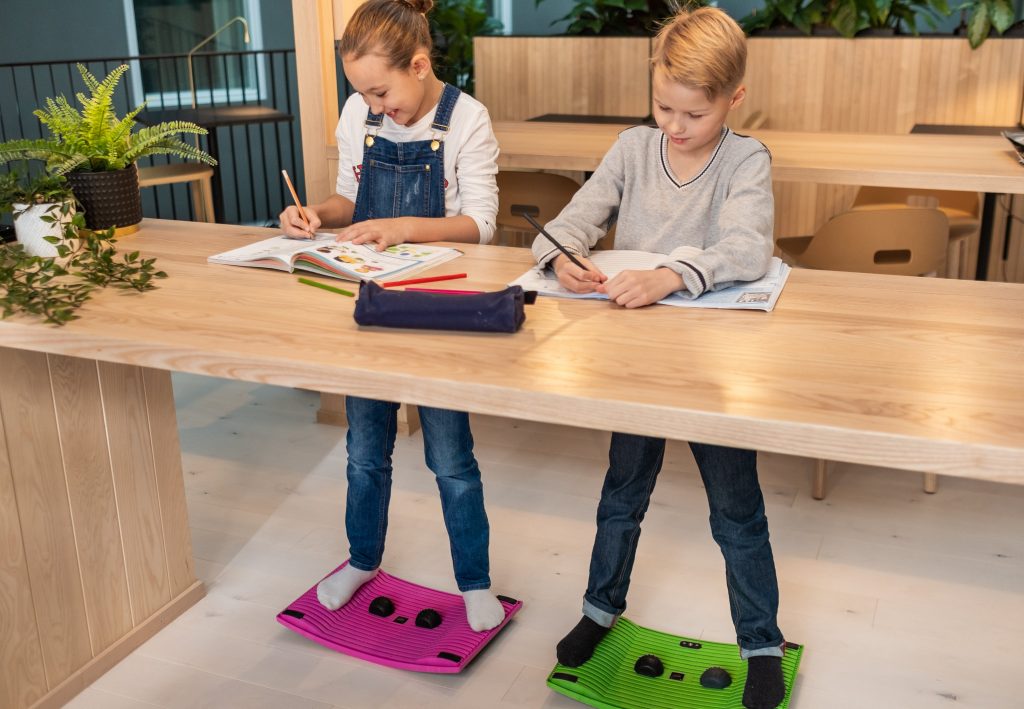Active workstations in classroom settings transform traditional learning environments by encouraging movement and physical engagement during lessons. These ergonomic solutions—including standing desks for active learning environments, balance boards, and movement-friendly furniture—allow students to channel their natural energy positively while learning. Research shows that active workstations can improve student focus, enhance cognitive function, reduce disruptive behaviour, and promote better physical health outcomes. By incorporating controlled movement into classroom routines, schools can create more dynamic learning spaces that address both educational goals and children’s innate need for physical activity.
Understanding active workstations in educational settings
Active workstations are specialised furniture and equipment designed to allow movement during learning activities, breaking away from the traditional “sit still and learn” classroom model. These include adjustable standing desks, wobble stools, pedal desks, balance boards, and other movement-permitting options that can be integrated into standard classroom configurations.
The concept stems from the growing recognition that physical movement and cognitive development are deeply interconnected. Traditional classroom setups that require students to remain seated for extended periods run counter to children’s natural inclination to move, potentially hindering both comfort and learning potential.
Schools increasingly adopt these solutions as research continues to demonstrate their effectiveness. Modern educational approaches acknowledge that proper posture in the classroom and opportunity for movement aren’t just comfort considerations—they’re fundamental to the learning process itself. These workstations allow students to stand, rock, wobble, or gently move while maintaining engagement with lessons and classroom activities.
How do active workstations improve student concentration?
Active workstations significantly improve student concentration by providing appropriate outlets for physical energy that would otherwise manifest as fidgeting or distraction. When students can make subtle movements while learning, their brains receive increased blood flow and oxygen, which enhances neural activity and attention capabilities.
For many students, particularly those with attention difficulties or high energy levels, sitting completely still requires considerable mental effort that diverts focus from actual learning tasks. Active workstations eliminate this competing demand for attention, allowing students to direct their mental resources toward academic content instead of body control.
Teachers report that students using active workstations demonstrate longer periods of sustained attention during challenging tasks. The subtle physical activity helps regulate sensory input, which is particularly beneficial for students with sensory processing needs. Rather than disrupting concentration, controlled movement actually supports it by helping students self-regulate their alertness levels and maintain an optimal state for learning.
What physical health benefits do students gain from active workstations?
Students using active workstations experience significant physical health benefits starting with reduced sedentary time, which helps prevent the negative effects of prolonged sitting. These workstations promote better posture development by encouraging spinal alignment and reducing the hunched positions common with traditional desks.
Core strength improvements are another key benefit, as standing and balancing naturally engage abdominal and back muscles that remain passive during seated learning. This subtle but consistent muscle activation contributes to better overall physical development without requiring dedicated exercise time.
Active workstations also help develop proprioception—the awareness of body position in space—and improve balance skills through regular practice. Students experience increased calorie expenditure throughout the day, which contributes to healthier weight management and reduces the risk of childhood obesity. Perhaps most importantly, these workstations help establish movement habits that can translate to lifelong physical activity patterns, potentially reducing future health risks related to sedentary lifestyles.
How can teachers effectively implement active workstations?
Teachers can effectively implement active workstations by starting with a phased approach, introducing a few stations initially before expanding. Begin with clear guidelines and demonstrations showing proper use of each type of workstation, emphasising that these are tools for learning, not playground equipment.
Create a rotation system that gives all students access to active workstations while maintaining fairness. Consider starting with 15-20 minute intervals, adjusting based on age and attention spans. Pairing certain activities with movement opportunities often works well—reading or independent work typically suits active workstations better than activities requiring fine motor precision.
Establish visual cues and signals for transitions between workstations to maintain classroom management. Involve students in creating usage rules and consequences, fostering ownership of the process. Regular check-ins help assess what’s working and what needs adjustment. Teachers should also model proper use themselves, demonstrating that movement during learning is valued and normalised.
Remember that implementation needn’t require a complete classroom overhaul—even a small designated area with a few active options can provide meaningful benefits while you evaluate their impact on your specific classroom dynamic.
What types of active workstations work best for different age groups?
Different age groups require age-appropriate active workstation options that match their physical development and learning needs. For primary/elementary students (ages 5-10), simple stability balls with safety rings, wobble cushions, and low standing desks work best. These provide movement opportunities while maintaining safety and appropriate scale for smaller bodies. Balance boards for improved classroom focus with limited tilt angles are suitable for this age group when proper supervision is available.
For middle school students (ages 11-13), adjustable-height standing desks, balance boards with moderate challenge levels, and pedal desks match their growing bodies and increased coordination. These options accommodate growth spurts while providing the movement these students need during a physically active developmental stage.
Secondary/high school students (ages 14-18) benefit most from full-size standing desks with anti-fatigue mats, more challenging balance platforms, and sophisticated movement options that don’t appear childish. These older students typically prefer workstations that look professional and respect their maturity while still providing necessary movement benefits.
For all age groups, the key is providing options that offer appropriate challenge without frustration, matching both physical capabilities and the developmental need for independence and choice.
Key takeaways: Creating movement-friendly learning environments
Creating movement-friendly learning environments requires a balanced approach that integrates physical activity with educational goals. Active workstations should complement rather than disrupt the learning process, serving as tools that enhance education rather than distractions from it.
The most successful implementations offer variety and choice, acknowledging that different students have different movement needs and preferences. Teachers report that the initial adjustment period requires patience, but the long-term benefits for student focus, behaviour, and physical health make this adaptation worthwhile.
The shift toward active learning represents a broader recognition that children’s bodies and minds work in tandem—movement isn’t separate from learning but integral to it. By incorporating ergonomic solutions that support natural movement, schools can create environments that better align with how children naturally learn and develop.
At Gymba, we understand the importance of movement in learning environments. Our ergonomic activation boards and other ergonomic products are designed to support active learning without disrupting educational activities, helping students maintain focus while meeting their natural need for movement. By integrating appropriate movement opportunities into classrooms, we can help create learning spaces that support both academic success and physical wellbeing.

